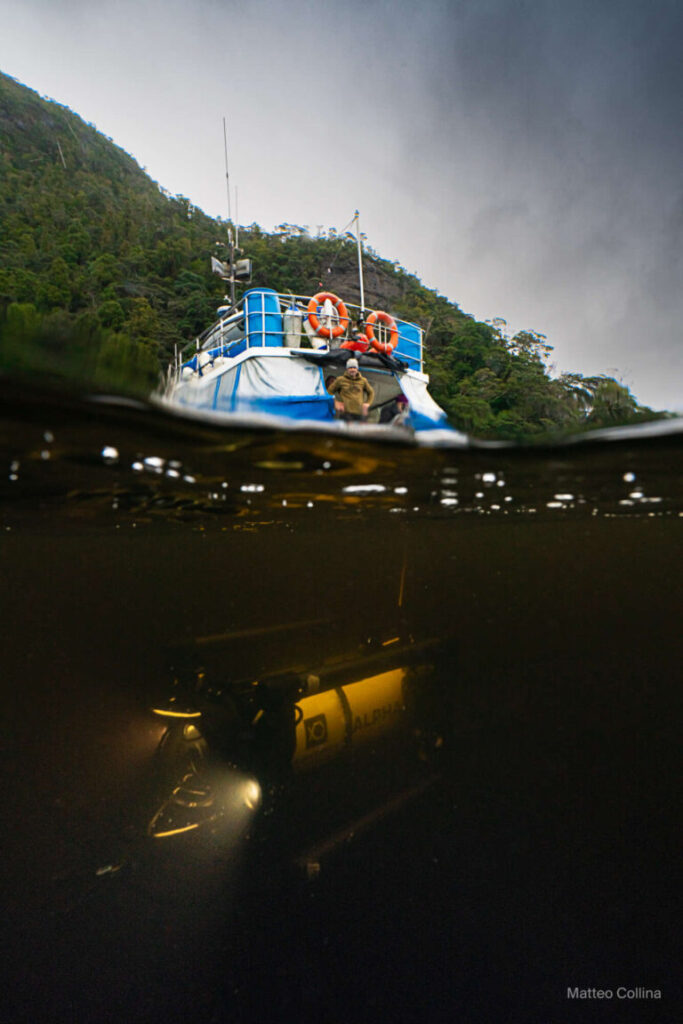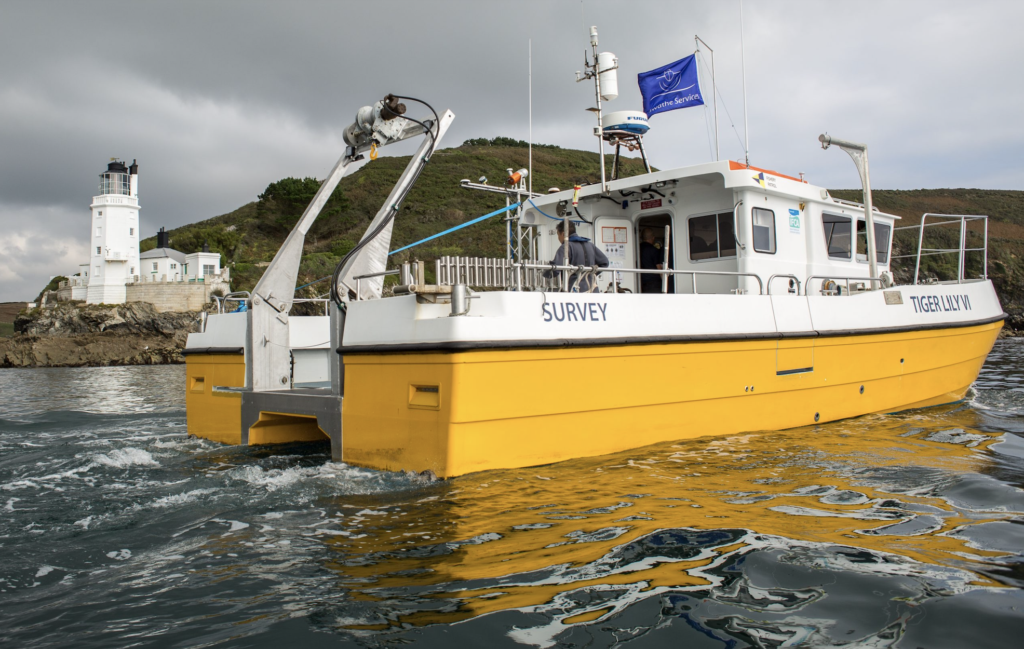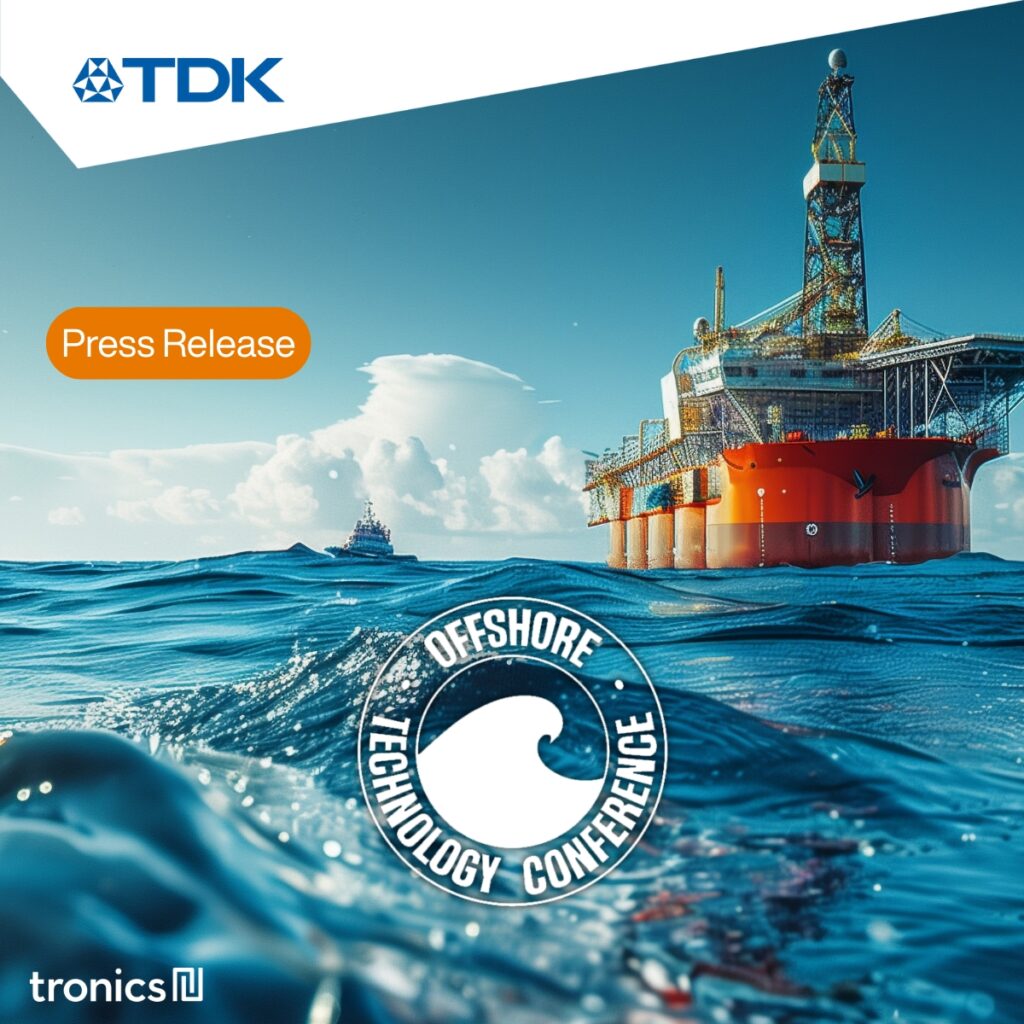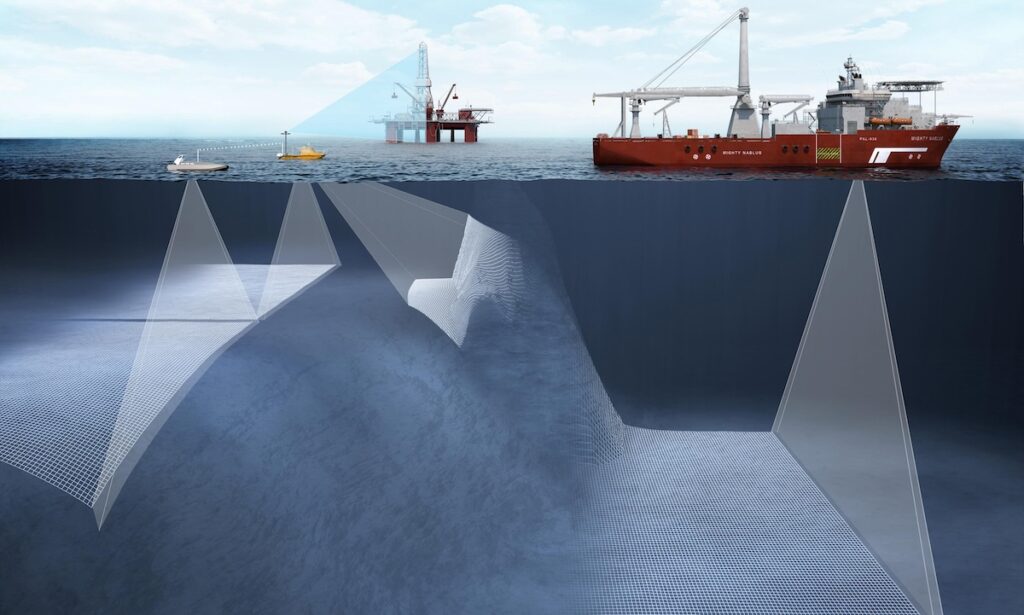
Connect with Leading Marine Technology Innovators
Discover cutting-edge solutions from leading global suppliers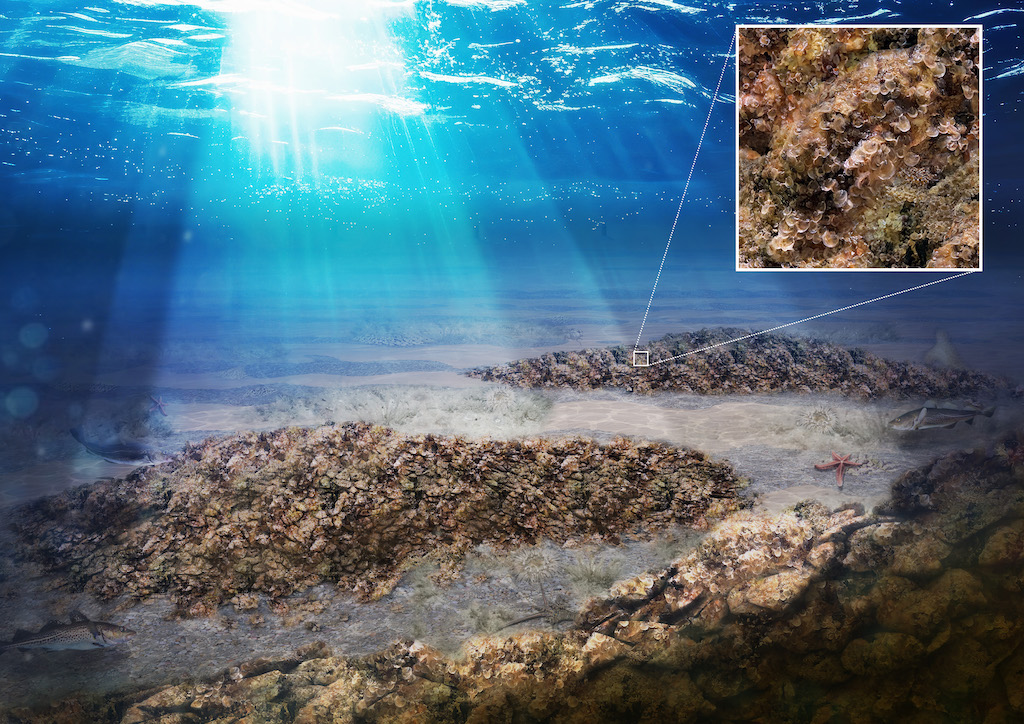
On behalf of the Belgian Federal Service of Public Health, partners from science and industry are building the BELREEFS project: the first offshore pilot project for large-scale oyster reef restoration in the Belgian North Sea.
Before 1850, flat oyster reefs were a dominant structural and ecological component of the North Sea ecosystem. Due to human influences and a persistent oyster parasite, they have all but disappeared today. Nevertheless, oyster reefs are important ecosystems. They are often called “ecosystem engineers” because they create habitats that support entire ecosystems.
BELREEFS is a collaboration between Jan De Nul Group, the Belgian Institute of Natural Sciences, Shells & Valves and Mantis Consulting, acting in accordance with the recommendations of the Native Oyster Restoration Alliance (NORA). Industry and science join forces to tackle the challenges of restoring oyster reefs, a complex operation that requires innovation and creative solutions.
The complexity of the logistical support, and the sensitivity of oysters to disturbance (during seeding, transport and installation at sea), requires in-depth knowledge covering different fields of expertise.
BELREEFS consists of three phases: from the current gravel bed to the deployment of oyster reef substrate seeded with oyster spat within the BELREEFS project, and towards the third phase where biodiversity increases. This biodiversity is characterized by various marine fauna and flora species attracted to a self-sustaining oyster reef.
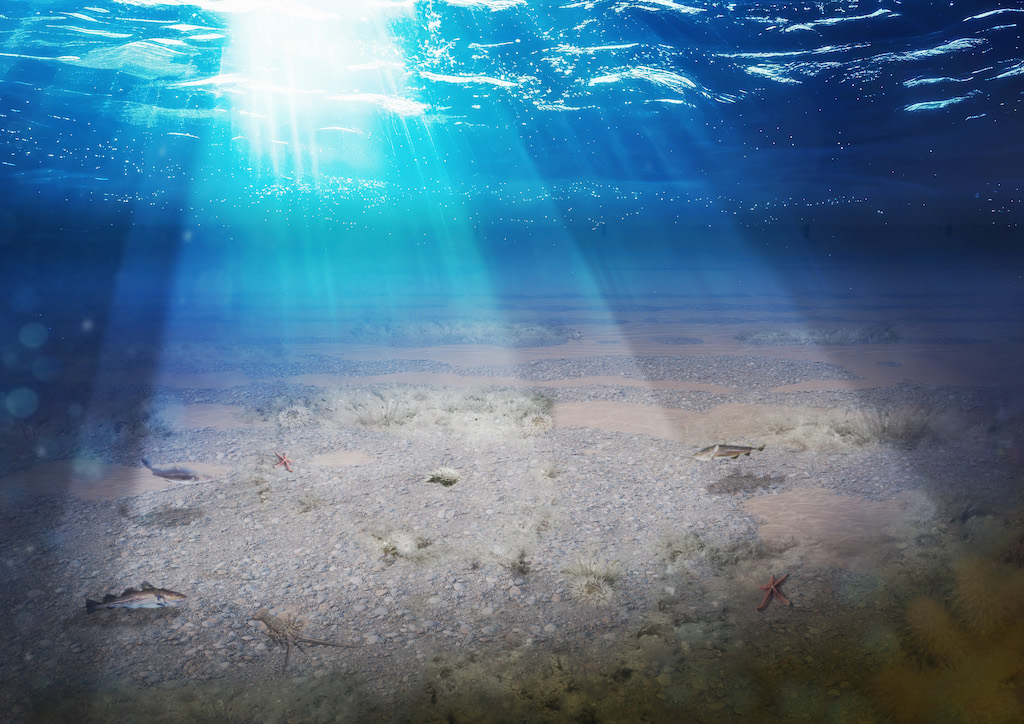
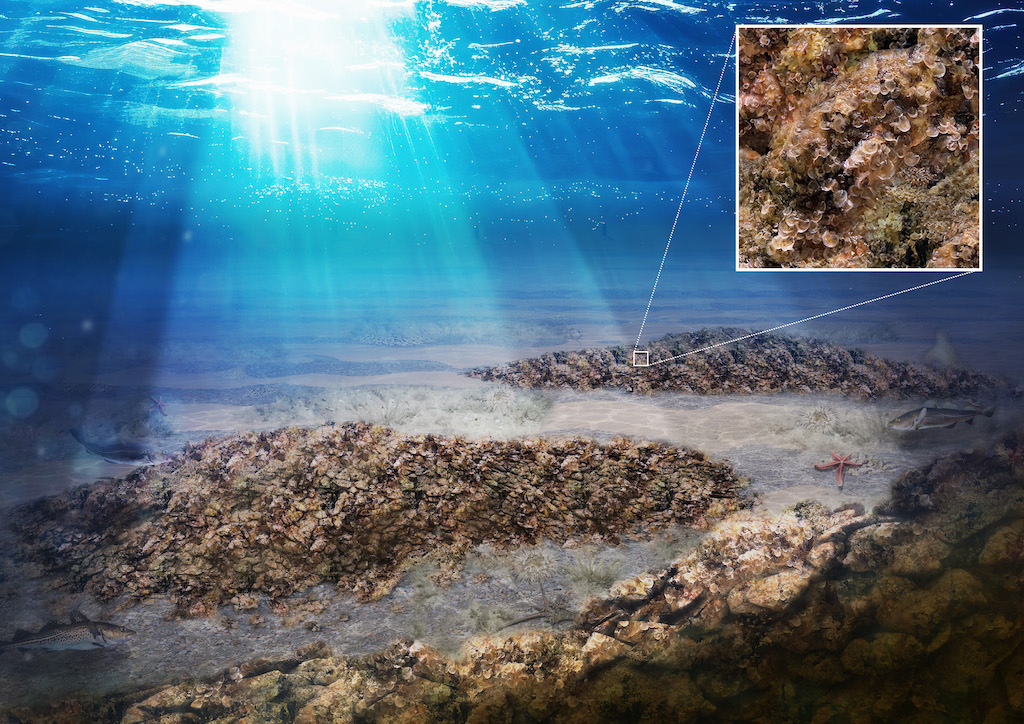
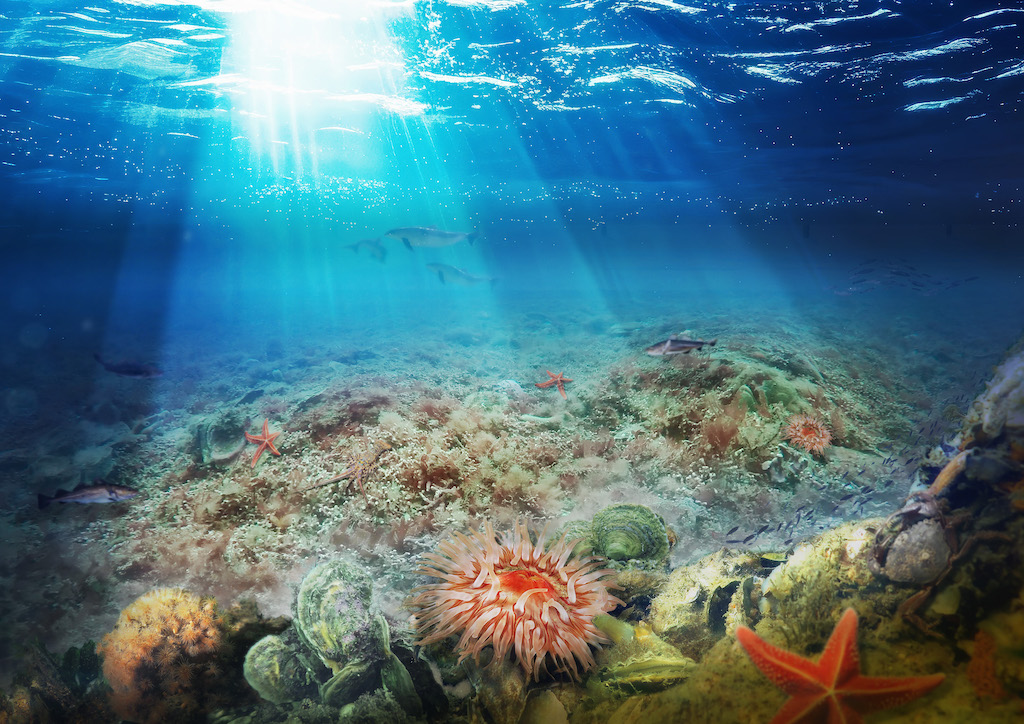
Vicky Stratigaki, engineer and project coordinator for BELREEFS at Jan De Nul Group, commented; “We want to create an oyster reef that is self-sustaining. Our ambition is to create long-term nature restoration, without further human intervention. One of the choices we are making to achieve this, is to install the oyster reefs where they historically occurred: at the so-called gravel beds.”
Determining the precise location of oyster reefs is one of the Institute of Natural Sciences’ core missions. Vera Van Lancker and Steven Degraer, Belgian Institute of Natural Sciences, said; “To maximize the survival and reproduction of oyster reefs, we identify locations with the most suitable seabed and environmental conditions.
“Additionally, natural protection from damage and optimal placement conditions are crucial. Therefore, we will conduct a detailed mapping of the seabed.”
Furthermore, the project builds on some key innovations. For example, BELREEFS will use ‘remote setting’, a technique in which they allow oyster larvae to settle directly on a suitable substrate in the lab, to release them into the sea afterwards.
Once installed, the oysters will be followed for several years through an intensive monitoring programme. Senne Aertbeliën, FPS Public Health, Marine Environment Department, added; “The European oyster has always been an important core species in our North Sea, but it has since almost completely disappeared.
“The active recovery of these populations is therefore a priority for us. The fact that we can cooperate on this scale with scientists and companies to this end is unique.”







